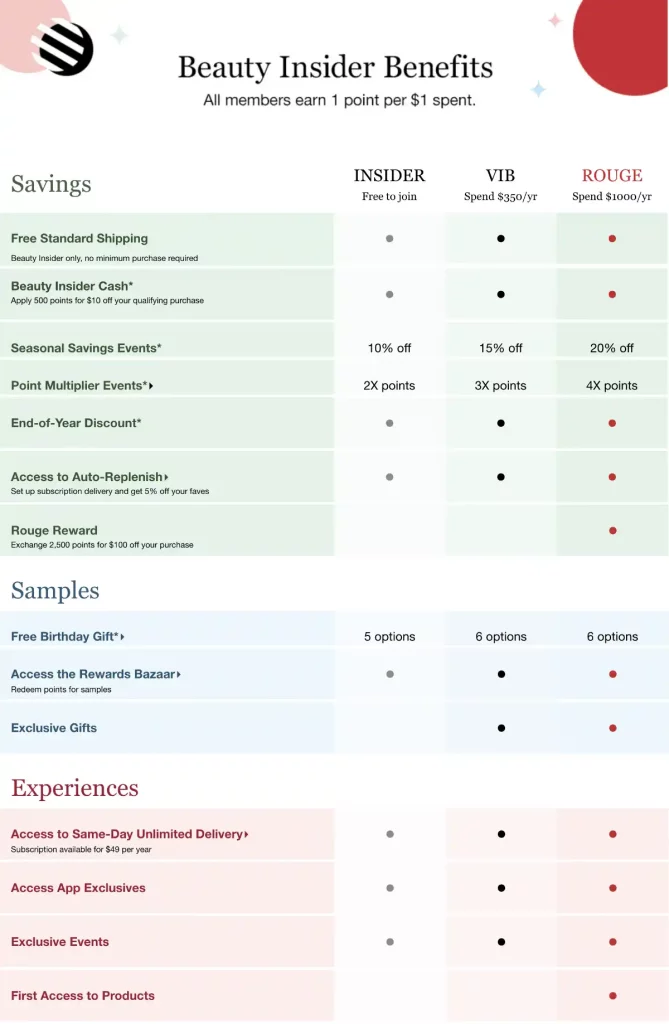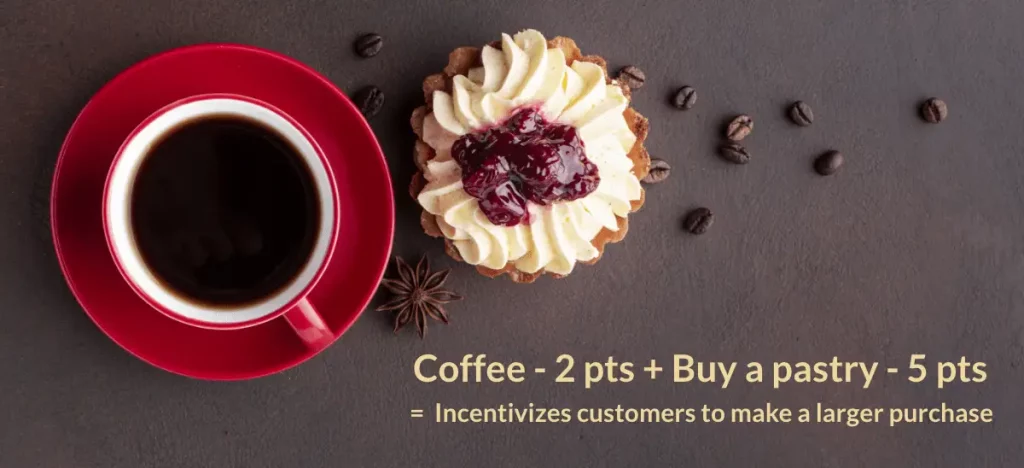Many of the world’s most successful brands have risen to the top because they understand the importance of increasing customer lifetime value, also known as CLV.
Customer lifetime value (CLV) predicts the net profit attributed to a customer’s future relationship. It represents the total amount of money a customer is expected to spend on a company’s products or services over the duration of their relationship. CLV provides valuable insights into a business’s customer base, allowing it to make informed decisions that drive growth and profitability. Loyalty programs help brands achieve many different goals, from acquiring the most customers to boosting lifetime value and retaining more customers.
What Exactly is a Loyalty Program?
A loyalty program is a marketing strategy aimed at retaining customers and increasing their lifetime value to a business. It typically involves offering rewards, such as points, discounts, or special perks, to customers for making purchases or engaging with a brand. The goal of a loyalty program is to encourage customers to make repeat purchases, increase brand loyalty, and gather valuable data about customer behavior and preferences.
Loyalty programs can take many forms, from traditional punch cards and reward systems to more sophisticated digital programs that use customer data to personalize the customer experience. To be effective, a loyalty program must offer tangible benefits that are meaningful to customers, and it must be easy to use and understand.
The success of a loyalty program is measured by its ability to increase customer engagement and repeat purchases. Utilizing a well-designed loyalty program can help businesses differentiate themselves from competitors and improve customer satisfaction, ultimately leading to higher sales and profits.
Steps to Implement a Successful Loyalty Program:
a. Define goals
Determine what you hope to achieve with your loyalty program and set specific, measurable goals.
b. Identify Target Audience
Determine who your target audience is and what motivates them to engage with your brand.
c. Choose a Program Structure
Decide on the type of loyalty program you want to implement, whether it is a points-based system, a tiered rewards program, or a more sophisticated digital program.
d. Offer Meaningful Rewards
Ensure your rewards are relevant and appealing to your target audience.
e. Promote the program
Make sure customers are aware of the program and understand how it works.
f. Evaluate and adjust
Regularly evaluate the success of your loyalty program and make adjustments as needed to ensure it remains effective.
How to Increase Customer Lifetime Value Using Loyalty Programs
1. Drive Customer Engagement via Rewards
Suppose a company wants to see a significant increase in the value of its customers over the course of its lifetime. In that case, it will need to provide numerous incentives at each customer journey stage. You may build a strong relationship with your customers at every touchpoint throughout their journey by using promotions and rewards. These touchpoints include customer acquisition, activation, growth, and customer retention and reactivation.
By creating holistic experiences, loyalty programs can help businesses foster deeper connections with their customers, leading to increased customer engagement and lifetime value.
Example: Sephora Loyalty Program
Sephora loyalty program, Beauty Insider, is an excellent example of having a reward-everything mindset. It offers members opportunities to get savings, product samples, and access to exclusive events. This enables customers to earn attractive perks during every brand interaction. Its tier-based program has earned Sephora more than 25 million loyal customers, with significant sales and growth coming from its top tier.

2. Personalization is Key
One of the important steps in optimizing your customer retention value is to create personalization in the loyalty program. On average, 71% of customers express some level of frustration when their shopping experience is impersonal. Therefore, if your contacts with your customers are not personalized, there is a likelihood that they will churn rapidly. It can be devastating to your CLV-increasing efforts. At the core of a successful personalized loyalty program is a solid understanding of your customer, their needs, preferences, and offline/online behavior. So, the first step any marketer must take is to create a centralized pool of data.
The concept of customer loyalty eventually ties back to the value that the said customer brings to the table. There are many ways in which personalization can help increase the value of CLV. If there are higher store/website visits, then the chances of the customer engaging meaningfully with your business are higher.
Example: Netflix
For instance, Netflix leverages artificial intelligence, natural language processing (NLP), and machine learning to create personalized experiences for its customers. It is created based on the content they prefer to watch. This approach has helped Netflix to convince customers to renew their subscriptions month on month and spend more time on the platform. This resulted by giving it a churn rate of only 2.4%.
3. Encouraging Upsells and Cross-sells
Encouraging upsells and cross-sells through loyalty programs refers to the practice of offering rewards or incentives for customers who make purchases of higher-value products or complementary products. The goal is to encourage customers to spend more money on each transaction, which can increase overall customer lifetime value.
Imagine a coffee shop offering a loyalty program where customers earn points for every purchase. The points can be redeemed for free drinks, food items, and other perks. To encourage upsells and cross-sells, the coffee shop might offer bonus points for customers who purchase a specific combination of things, such as a medium coffee and a pastry.
Example: Coffee Shop Loyalty Program
Customers who purchase a medium coffee typically earn 2 points. However, if they also buy a pastry, they earn an additional 5 points. This incentivizes customers to make a larger purchase since they would receive more rewards for doing so.

The coffee shop can also use the data collected through the loyalty program to analyze customer purchasing habits and tailor the upsell and cross-sell offers to individual customers. For example, a customer who frequently purchases breakfast items may receive an offer for bonus points when they buy a breakfast sandwich and coffee. This loyalty program can help the coffee shop increase average transaction value and encourage repeat business, ultimately increasing customer lifetime value.
By offering these types of incentives, businesses can encourage customers to make larger or more frequent purchases, increasing customer lifetime value. Additionally, upsells and cross-sells can help enterprises to maximize their revenue by enabling customers to purchase additional products or services that complement their existing purchases.
Boost Customer Retention Value: Conclusion
In conclusion, loyalty programs can significantly increase customer lifetime value. Businesses can do it by providing incentives for repeat business, fostering deeper customer engagement, collecting customer data, encouraging upsells and cross-sells, creating brand advocates, offering personalized experiences, and much more. These programs can help companies to build stronger emotional connections with their customers, drive customer retention, and maximize revenue.
By integrating loyalty programs into the customer journey and using customer data to personalize rewards and offers, businesses can create a more relevant and enjoyable customer experience. Additionally, by offering incentives for larger or more frequent purchases, companies can encourage customers to spend more money on each transaction, increasing overall customer lifetime value.
Overall, a well-designed and executed loyalty program can be valuable for businesses looking to increase customer lifetime value and drive long-term growth.
![Increase the Customer Lifetime Value Using Loyalty Rewards Programs [With Examples] featured image](https://zinrelo.wordpoets.com/wp-content/uploads/2024/09/CLV-min.webp)

